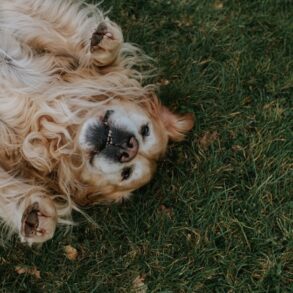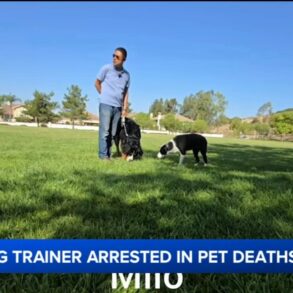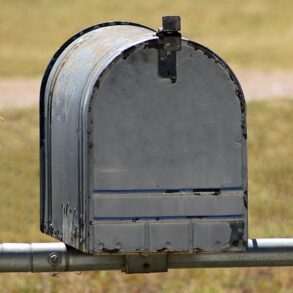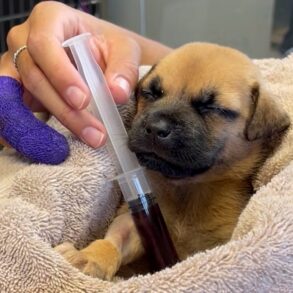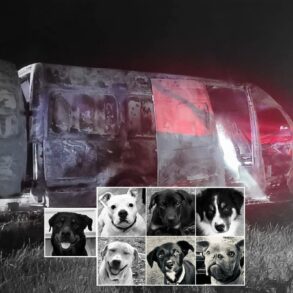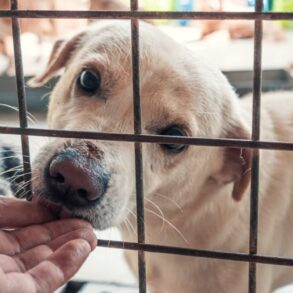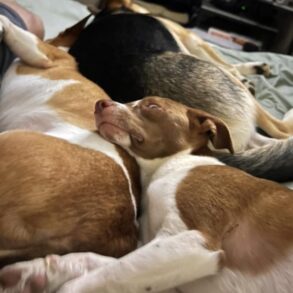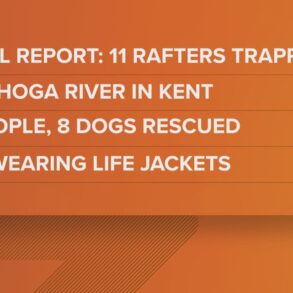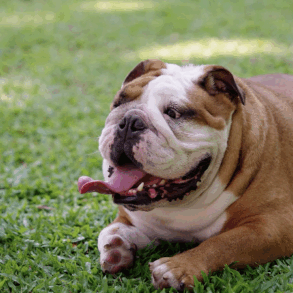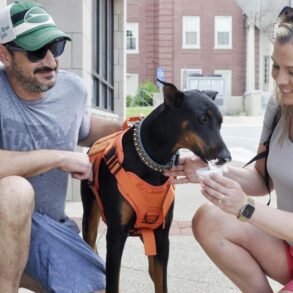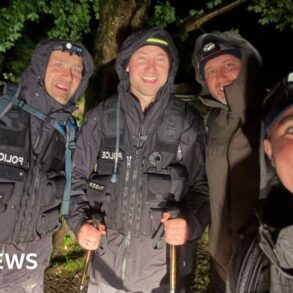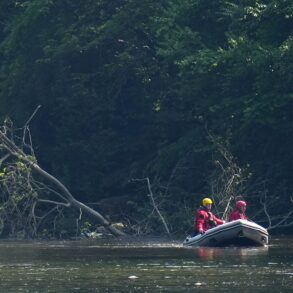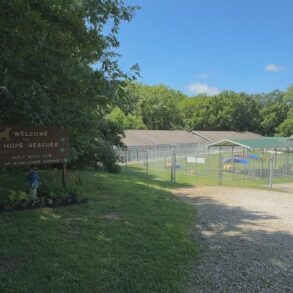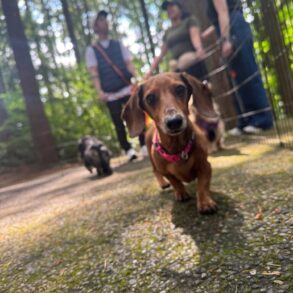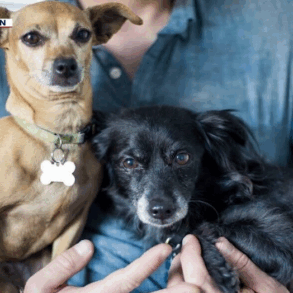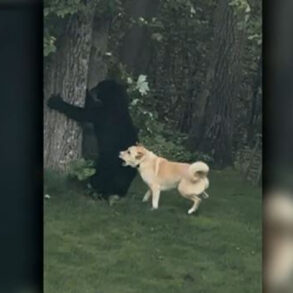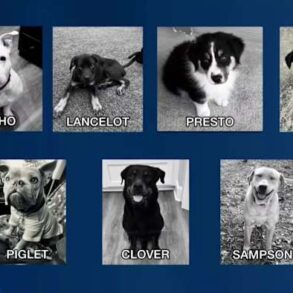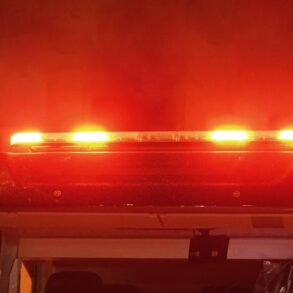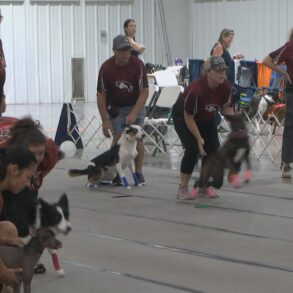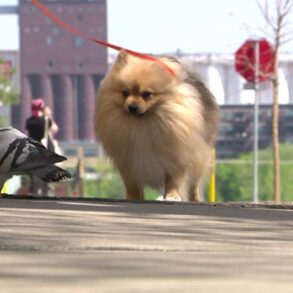“Chica! Chica! Come! Come!” Choni yelled with excitement across the field to me as he held tightly to a makeshift check cord—a weathered rope that was tied around the neck of a lumbering English pointer. Impatiently, the dog pulled at the Argentinian while Choni pointed with his freehand toward the opposite side of the field.
Advertisement
Te’o, his German shorthaired pointer, was locked up on point in the middle of a stubble wheat field 40 yards from us. I had been hiking towards the thick, grassy cover surrounding the cut field, just as I would in the States, but stopped short. Surely a bird wasn’t hanging in that short stubble? I thought to myself. But I was far from my home in Utah and hunting a bucket list bird behind seasoned Argentinian bird hunters and their gun dogs. I wouldn’t argue.
The GSP held solid, and I rushed to keep up with Choni and the pointer, Sultan, who too had seen Te’o on point and was anxious to get to him. The wind was ripping on that sunny day in the countryside of northern Argentina, and when the perdiz took flight, I was taken aback. It was the fastest moving upland bird I had ever laid eyes on—the roaring wind sped up its flush even more. The bird flew to safety long before I could raise my gun.
Choni turned to me with a large grin spread across his face and pointed with pride to Te’o.
Advertisement
Although I don’t speak much Spanish, and he only some English, we understood the universal sign language shared between gun dog owners. I clapped my hands and smiled. Pointing with gusto to the liver and white GSP, I exclaimed, “Muy bien, Te’o!”

Argentina: a Sportsman’s Paradise
The Toyota Hilux jolted as we shifted into low gear, turning off the paved highway onto a dirt road, sending dust flying behind us. Through the roadside fauna, windowless stone houses with dirt floors could be seen—a stark difference from the cement high rises of Buenes Aires, where we had been just a day earlier. Clothes lines were hung between the dwellings, with the day’s laundry drying in the cool winter air. Mopeds blanketed with dust sat parked out front, while giggling children chased each other barefoot through the dirt.
We were driving through the remote countryside outside of Santiago Del Estero, a province in northern Argentina, toward the small village of Fernandez. The first city founded by the Spanish settlers some 455 years ago, Santiago Del Estero is a jump off point for sportsmen and women looking to hunt the remote agricultural landscape of Argentina for doves, pigeons, waterfowl, and perdiz. The beautiful and modern lodge of Cerro Indio Safaris sits just between Santiago Del Estero and Fernandez, in the heart of a sportsman’s paradise.
Advertisement
As if passing through a time machine, the Toyota rolled past a young gaucho atop an unshod bay horse, leading a cow down the dirt road. His bonia (beret), a signature of an Argentinian gaucho, sat atop his head, while a red bandana protected his neck from the midday sun.
We had left the city behind for the land of agriculture and livestock. The land was pocketed with fields of alfalfa and cotton, cultivated by working class Argentinian farmers, and stock yards filled with herds of cattle.
Famous for the cosmopolitan city of Buenos Aires, Argentina is much more than its capital. The country itself boasts one of the greatest ecosystem varieties in the world and is well-known for its rich soil, making the country an agricultural gold mine. From soybeans to wheat, sunflower seeds to maize, Argentina ranks high in the world for producing numerous different crops for exportation. And let’s not forget their beef. The cattle industry plays a major role in the culture of Argentina, with the country being the fifth largest producer of beef in the world. Because of this, the gaucho, migratory horsemen adept at cattle work and livestock farming, are a folk symbol of the country; while asados, or social barbeques where meat is cooked over an open flame, are synonymous with Argentina.
The country is also known for its vast hunting opportunities, ranging from stag in the southern province of Patagonia, to droves of doves across the country, to the prized perdiz which are native to the grasslands surrounding Buenos Aires.
Hunting Spotted Tinamou in Aargentina
“Perdiz” is simply Spanish for “partridge.” They are a native upland bird to Argentina and come in a variety of differing sizes. The spotted tinamou is the most common of the perdiz found in the country, and it is a prized species for Argentinian hunters.
A cousin of the ostrich, but far from the size of the African bird, the spotted tinamou is close in size to the Hungarian partridge, while resembling a hen pheasant in color. As with most upland birds, spotted tinamou prefer to run rather than flush. Or, they hunker down and keep their head low, hoping you will walk past them—which is easy to do thanks to their feather coloring offering a natural camouflage.
The species is known to thrive in low lying grasslands, particularly very short cover. They are unique in the fact that they only covey up at night, spreading out during the day to feed individually. Instead of an explosive covey flush, hunters typically will have a shot at one very fast flying upland bird.
Perro Perdicero – South America’s Bird Dogs
“There are two species of perdiz in this area,” explained Roberto Zovich, Cerro Indio Safaris co-owner and avid upland hunter. “We most likely will find just manchado (spotted), but possibly the larger montaraz as well.”
His seasoned pointer, Lola, stood shaking with anticipation on the tailgate of the Toyota as he outfitted her with a Dogtra Training and Beeper collar. Along the way to the field, we had stopped in a village to pick up Churi and his two bird dogs. Te’o and Sultan were roaming around the streets in front of their home before loading up into the tailgate on command, ready to work. Churi fixed the makeshift check cord around Sultan’s neck while Te’o would go collarless for the adventure.
To say I was excited to hunt behind gun dogs in a foreign country is an understatement.
We had been dove hunting the previous days, standing stationary for long hours shooting at the zippy birds. In the states, it is common to have a Labrador at heel for retrieves on doves come September 1st, however, that is not the case in South America. The sheer number of doves that live and are taken in the area is tenfold compared to the states—far too many birds to retrieve to run dogs. Instead, human field assistants (commonly referred to as “bird boys”) are used, leaving out the beloved pastime of having a good bird dog by your side.
The perro perdicero (bird dogs) are reserved for perdiz hunting, a favored hobby for hunters in South America. Since perdiz are flighty birds, pointing breeds are preferred over flushers—with pointers, shorthairs, Brittanys, and setters being the favored breeds in Argentina. Instead of ranging at extended distances, the bird dogs are to work close and methodical since perdiz are found in singles, and at most doubles, instead of large coveys that give off a ton of scent.
When Lola was geared up, the dogs lead the way towards an alfalfa field surrounded by thick grasslands—a prime spot for upland birds.
My instincts pushed me to the thick grass, while Lola headed down the center of the short alfalfa. We hadn’t hiked more than five minutes when the old girl stopped on a dime, her nose directly into the wind. Rather than standing tall with her tail pointed at the noon hour, Lola crouched low, her tail parallel to the ground. She was pointing in cover that was no more than eight inches high. Before we could get close enough for a shot, the perdiz burst from the cover, giving us our first sight of a spotted tinamou on the wing.
Seeing my surprise at where the bird had been feeding, Roberto laughed. “They can conceal themselves easily in the short grass,” he explained.
The dogs worked closely as we pushed on, making our way down the alfalfa field. “Aqui! Aqui!” (Here! Here!) the handlers would say to the dogs if they ventured too far. Lola’s nose combed the ground before again stopping, this time pointing into the thick cover at the edge of the field. As I approached, a bird busted, flying faster than a bobwhite on the wing. The report of my shotgun broke the silence, and my first perdiz fell.
Roberto smiled, pride bursting from his face as his old pointer brought to hand the bird. Patting her head, and handing me my quarry, he said, “buena gun dog, eh?”

Hunting Adventures in Argentina
Moro was stopped, his nose pointing to a standalone bush in the thick cover. The stark white pointer with an orange mask was sure a perdiz was hunkered down in there.
The sun beat down on my neck as I made my way through the thick, tall grass towards the dog. This cover was starkly different than what we had hunted the previous day for perdiz, instead, it was similar to the uplands I was used to.
“Come, come!” Carlos, Moro’s handler, excitedly called to me. A bead of sweat trickled down my back, while the warm-blooded Argentinian looked relaxed with a warn wool sweater draped over his shoulders. Carlos had met us at the field that afternoon, excitedly shaking my hand and introducing me to Moro, his seasoned pointer.
Seasoned was right: Moro had expertly found and held steady perdiz after perdiz. The lone bird he had pinned down flushed from the brush into the bright blue sky before folding with my shot. Moro was on the retrieve before I could think twice. The bird held gently in his mouth was larger than my first perdiz, confirming we had stumbled into territory holding the larger montaraz.
This bird looked very similar to the spotted tinamou, only more the size of a hen pheasant compared to a Hun. Its beak was curved and elongated compared to its smaller brethren, and a tuff of hair sat atop its head, as opposed to the smooth feathers of the spotted tinamou.
My quest to hunt over sporting dogs in a foreign country was complete, bringing to bag not one, but two species of perdiz. Carlos clapped me on the back in congratulations as I admired the birds back at the truck. My instincts were to grab Moro and hug the tired bird dog.
“May I take a photo with Moro?” I asked Carlos. “Si! Si!” he replied happily, clearly proud of the work the pointer had produced for us that day.
I smiled warmly with Moro under one arm, marveling in the past days spent hunting behind fine bird dogs for a bucket list bird. Carlos pointed to my hat and pointed to Moro. “Gun dog!” he said. A smirk spread across my face, and I removed my cap and handed it to the upland hunter.
“A fine gun dog!” I said to the Argentinian as he replaced his old hunting cap with his new one.

Guns and Ammo for Argentina Upland Hunting
Hunting doves in Argentina requires good ammo and a shotgun that can handle firing hundreds of rounds without failure. For this trip, I was testing the Savage Renegauge, and Fiocchi’s Field Dynamics Upland Steel Loads.

Skeptical at first about shooting a 12-ga for hundreds of rounds and the impact on my shoulder, my worries were soon dismissed. The semi-auto pointed well, and its weight and D.R.I.V gas system helped significantly cut down on felt recoil. Not once did I need to add a shoulder shooting pad, as is often recommended for South American dove hunts. The semi-auto carried well in the upland fields, and its lightning-fast cyclic rate was ideal for the fast-flying perdiz.
1349; savagearms.com

We also needed reliable, hard-hitting ammunition we could count on. For that, we turned to Fiocchi and their Field Dynamics Upland Steel loads. Carefully designed wads help to keep tight patterns, while top-grade powder ensures reliable cycling. The loads shoot a blistering 1,330 to 1,400 fps—perfect for perdiz.
$20; fiocchiusa.com
This post was originally published on this site be sure to check out more of their content.


